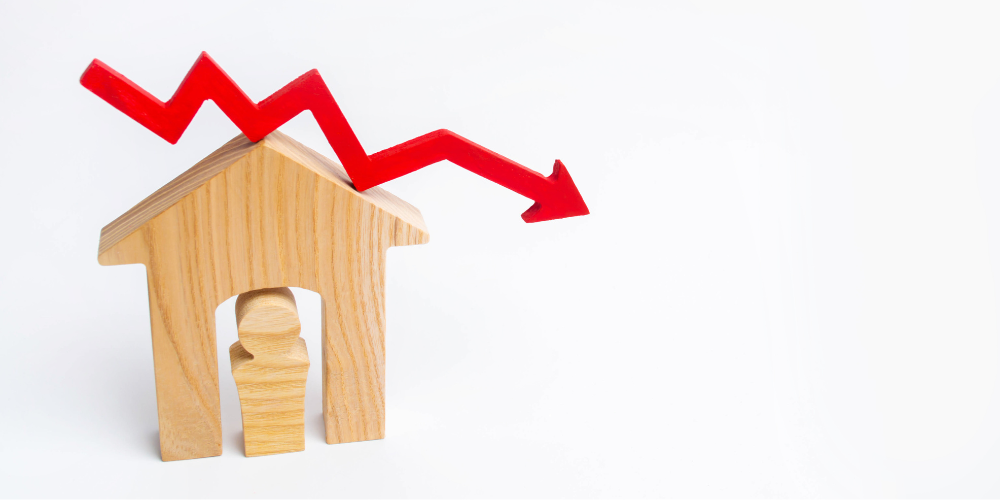What does the price cap mean for you?
With the 2023 price cap, you do not pay more for your energy than the ceiling rate set by the government.
The price cap applies up to a maximum; the so-called consumption ceiling.
With the 2023 price ceiling you pay:
– € 1.45 per m3 for the first 1,200 m3 of gas
– € 0.40 per kWh for the first 2,900 kWh of electricity
– € 47.38 per GJ for the first 37 GJ of heat
The ceiling rates include energy tax and VAT. Do you consume more than the consumption ceiling? Then you pay the set rate of your energy contract over your consumption beyond the ceiling. If your set rate is lower than the prices of the ceiling, you will of course pay a lower rate over your total consumption.
What does the consumption ceiling entail?
OK, so just to be clear:
The price cap will take effect on January 1st. If you use less than 2,900 kWh of electricity, 1,200 m3 of gas or 37 GJ of heat in 2023, you will not pay more than the ceiling rate (see rates above). We call this consumption limit the consumption ceiling. You pay the rate of your energy contract for everything you consume above this ceiling. If your set rate is lower than the ceiling, you will of course pay a lower rate over your total consumption.
How is the consumption ceiling distributed over the year and why?
The price cap applies for the whole of 2023. But you will probably receive your annual statement sometime during the year. In order to be able to make the annual statement, the consumption ceiling is divided over the months of the year.
Each month has its own consumption ceiling. This is not the same for every month. You use more energy in the winter months in comparison to the summer months. Which is why the consumption ceiling for the winter months is higher.
Tip: Check your supplier’s website or app to see exactly how this is divided.
Keep this in mind because you can carry over what you have saved to the following month :-).
Are you staying below the consumption ceiling for that month?
Then you automatically carry over what remains to the next month. So if you can be extra economical, you can use a little more the following month. And it can also be done the other way around. Suppose you exceed the consumption ceiling in January, you can make up for that by being extra frugal in the following months.
When and how is the balance drawn up?
The balance is drawn up by your supplier on your annual statement. The time of the annual statement differs for everyone.
Your supplier looks at how much energy you have used in your annual statement. If you have remained below the consumption ceiling, you will not pay more than the ceiling rate. You’ll pay the set rate from your contract for the energy used which exceeds the consumption ceiling.
Please note: You cannot carry over credit to the period after the annual statement. A new period starts on January 1st, which runs until 31 December 2024: the end date of the price ceiling. This also applies if you switch to another supplier.
All in all this is good news, but it is important to keep a close eye on your consumption to avoid unpleasant surprises in the annual statement.
Team PartnerPete

